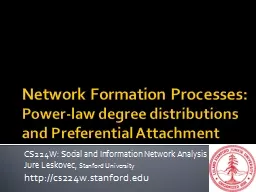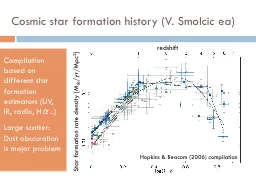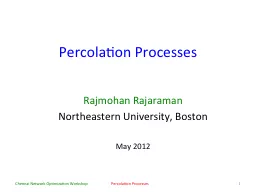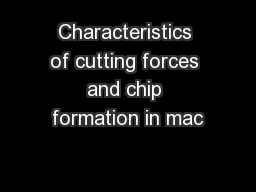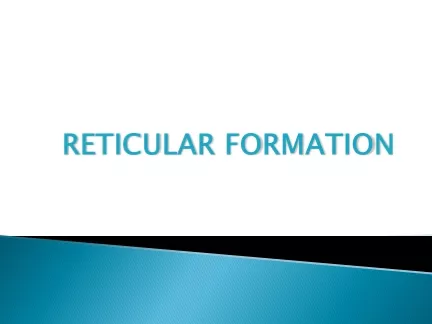PPT-Network Formation Processes:
Author : tatyana-admore | Published Date : 2020-01-26
Network Formation Processes Powerlaw degree distributions and Preferential Attachment CS224W Social and Information Network Analysis Jure Leskovec Stanford University
Presentation Embed Code
Download Presentation
Download Presentation The PPT/PDF document "Network Formation Processes:" is the property of its rightful owner. Permission is granted to download and print the materials on this website for personal, non-commercial use only, and to display it on your personal computer provided you do not modify the materials and that you retain all copyright notices contained in the materials. By downloading content from our website, you accept the terms of this agreement.
Network Formation Processes:: Transcript
Download Rules Of Document
"Network Formation Processes:"The content belongs to its owner. You may download and print it for personal use, without modification, and keep all copyright notices. By downloading, you agree to these terms.
Related Documents

